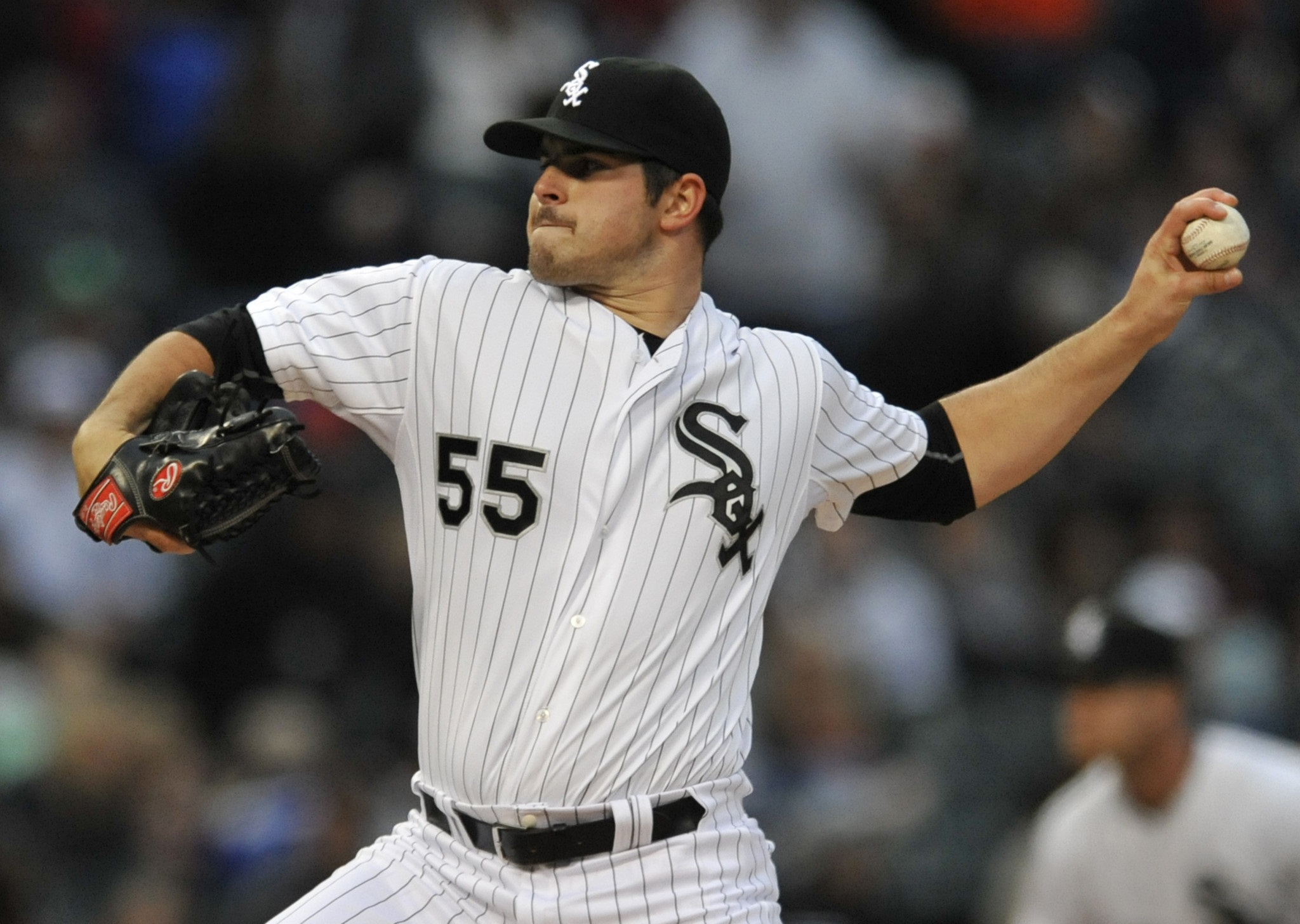I was reading Notorious’ Grind Down for yesterday’s MLB slate and he made a comment that piqued my interest: “I always like targeting road favorites because they are guaranteed to see at-bats in the ninth inning, even if they are winning (unlike the home team).”
It’s a very interesting point and something I hadn’t thought about when selecting my players. I’m sure it makes a difference, but I wanted to quantify the difference with data. Using our Trends tool, I looked at batters’ Plus/Minus for favorites and dogs, both at home and on the road.
| Total | Home | Road | |
| Favorite | +0.25 | +0.17 | +0.41 |
| Dog | -0.15 | -0.13 | -0.16 |
Notorious is right on the money with this observation – favorites bring positive value in both situations, but it’s definitely higher on the road, most likely due to that extra inning of at-bats. I would be interested to see how it affects a stack specifically. Stacks already have higher upside than a lineup with no correlation, and I would imagine that stacking a team that’s a road favorite would increase that.
If you’re interested, here’s that same data for pitchers (all of this is DraftKings, by the way).
| Total | Home | Road | |
| Favorite | +1.07 | +1.41 | +0.31 |
| Dog | -1.08 | -0.59 | -1.30 |
It looks like we’re seeing the inverse effect here, but I’m not completely convinced. Pitchers get extra points per innings pitched, so road pitchers would get an extra chance to strike out batters and get the IP bump. Of course, it’s not very often that pitchers make it to the ninth inning and it’s possible (if not likely) that the upside of an extra inning pitched could be less than the downside of having to pitch late in the game and give up points. I guess my point is that the data on pitchers here is interesting, but I’m not sure what it says, at least in terms of getting something actionable from it.
Anyway, kudos to Notorious on the observation – I think little things like that are probably what separate the pros from the rest of players. After all, the room for error in large-field GPPs – especially this time of year when most users are pretty knowledgeable – is so minute that even a tiny edge can make a huge difference.





